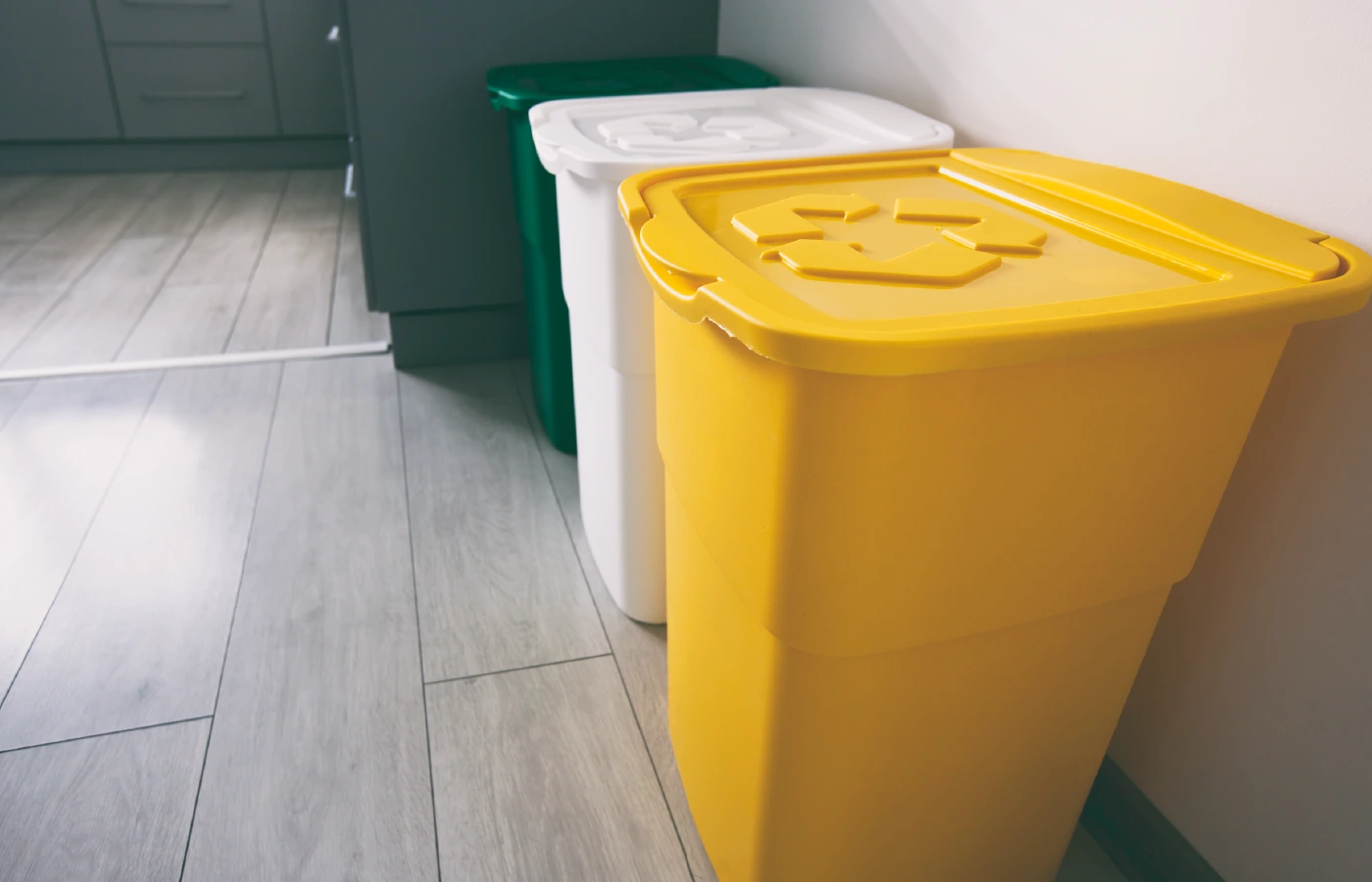As environmental sustainability becomes an ever-more pressing global issue, each measure we take to lessen our ecological impact is vital. Surprisingly, the washroom—a space often disregarded in sustainability initiatives—holds potential for contributing …
Introduction
As environmental sustainability becomes an ever-more pressing global issue, each measure we take to lessen our ecological impact is vital. Surprisingly, the washroom—a space often disregarded in sustainability initiatives—holds potential for contributing to a more sustainable and environmentally friendly world, hence washroom management systems.
While facility management has historically leaned towards optimizing for efficiency and cost savings, the rising awareness of environmental concerns and social responsibility is now guiding a shift toward sustainable practices. Within this paradigm, washrooms are vital areas where implementing sustainable measures can significantly reduce water and energy consumption, reduce waste, and enhance the user experience.
This article will dive into various practices that pave the way for an environmentally friendly washroom management systems.
Washroom Management Systems
Green Cleaning Products:
Eco-friendly cleaning agents are a great way to move towards sustainable washroom management. Many regular cleaning products contain harsh chemicals that harm the environment and human well-being. A preferable alternative involves using cleaning solutions that are non-toxic, biodegradable, and made from natural substances. Seek out products endorsed with eco-certifications, ensuring their environmental friendliness and efficiency.
Water Conservation:
Conserving water and adopting water-saving practices, such as installing low-flow faucets and efficient toilets, can decrease water use. We are familiar with sensor-based faucets, which detect an object (the user) and start working. The detection distance is easily adjustable, and water flows when hands are in the detection area, stopping when the hands are removed. The default flow of water is for 8 seconds. The activation on demand eliminates useless flows while conserving water.
Quickly fixing leaks to avoid water wastage is another key aspect of effective washroom management, ensuring optimal performance of the washroom management system. Cultivating a mindset of water conservation among maintenance and cleaning staff can go a long way. Training sessions should focus on measures to minimize water use, like opting for buckets over leaving taps open. Combining technology with changes in behaviour can lead to sustainable management of washrooms.
Proper Waste Management:

Effective waste management strategies are essential for green washroom management. Allocating bins for recycling, general waste, and dangerous items, including batteries and light bulbs, will help. Consider starting a recycling initiative for paper and plastics and adopting compostable bin liners for biodegradable waste. Educating and training the cleaning team on the importance of proper waste separation and disposal techniques helps to ensure an environmentally friendly cleaning process.
Energy Efficiency:
Swap out old light bulbs for LED alternatives that use less power and last longer. Incorporate timers or motion detectors to manage lighting and ventilation, activating these systems only during washroom occupancy. Such tweaks are possible with washroom management systems which use IoT based sensors and can substantially lower energy use, supporting your commitment to sustainability.
Benefits of a sustainable approach
Adopting a sustainable approach to washroom management offers several benefits:
Environmental Impact:
Adopting greener practices drastically lowers a facility’s carbon footprint, conserves resources, and reduces pollution, leading to cleaner air and water. This comprehensive approach strengthens facility sustainability and supports a healthier planet, demonstrating a solid commitment to environmental stewardship and global climate action.
Cost Savings:

Embracing energy efficiency and waste reduction in the washroom management system leads to significant cost savings from lower utility bills and fewer consumable purchases. Strategies like using energy-saving lights and water-saving fixtures cut utility costs while choosing reusable items over disposable items reduces ongoing expenses. These savings boost an organization’s financial health over the long haul, proving that sustainability is a wise financial strategy and an environmental commitment.
User Satisfaction:
Eco-friendly and efficient washrooms significantly boost user satisfaction, positively portraying the facility. Meeting cleanliness and functionality standards while showcasing a commitment to sustainability, these washrooms elevate the user experience. The approach enhances the facility’s image and reflects an organization’s dedication to user welfare and environmental stewardship, leading to more significant user approval and reputation enhancement.
Regulatory Compliance:
Going beyond environmental regulations with sustainable practices steers facilities clear of fines and legal hurdles and showcases an organization’s forward-thinking approach to environmental care. The dedication ensures operational efficiency, improves the organization’s reputation, and opens up opportunities for incentives or certifications in recognition of green initiatives.
Corporate Responsibility:
Committing to sustainability as part of corporate responsibility significantly improves an organization’s reputation, marking it as a frontrunner in environmental care. This dedication, reflected in operations and culture, appeals to eco-aware consumers and employees, meeting the call for ethical business practices. Such efforts benefit the environment, strengthen stakeholder bonds, boost brand loyalty, and propel the organization’s success in a market that values sustainability.
Discover how washroom monitoring systems work in this blog: Washroom Management: The Power of Cleanliness Monitoring Systems
Conclusion
Washroom management systems help in supporting sustainability and improving occupant health while also reducing cost substantially. Utilizing environmentally friendly products, saving water, choosing reusable clothes, handling waste effectively, and adopting energy-saving measures lead to cleaner, more sustainable washrooms. Focusing on these sustainable practices in washroom cleaning is vital to helping maintain a healthier environment for future generations.
Reach out to us at info@aastroelectronics.com to learn all about Washroom Management System. Follow Aastro Tech Electronics on Linkedin, Facebook, and Instagram to stay updated.
